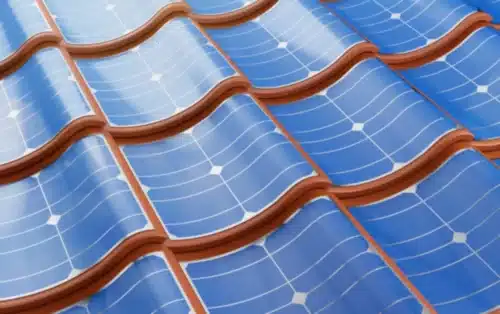The solar cells, stretchable and efficient, offer the potential to power wearable technology with renewable energy.

Researchers at the Korea Advanced Institute of Science & Technology (KAIST) are developing a sun-catcher made from organic materials that resembles rubber. According to a KAIST research report, the goal is for these flexible cells to power the increasingly common wearable technology in society eventually.
Through this research, not only did they develop the world’s best-performing stretchable organic solar cell, but it is also significant that they developed a new polymer that can be applicable as a base material for various electronic devices that must be malleable and elastic.
The researchers stated that until recently, producing stretchable solar cells that maintain strong electrical ability has been challenging. However, their new organic polymer has significantly impacted the research, partly due to its lighter and more flexible nature.
Although not extensively detailed in the research summary, the polymer has achieved the “highest reported level of photovoltaic conversion efficiency” at 19%, indicating it can efficiently convert sunlight into power. The U.S. Energy Department highlights that organic polymers appeal due to their abundance on Earth and low production costs. The team has already surpassed the department’s benchmark of approximately 11% efficiency for organic materials.
Additionally, this development would impress Stretch Armstrong, as it allows for ten times more stretchability than similar devices. Other solar innovations worldwide include paper-thin, flexible cells that can be laminated onto surfaces. Scientists have created organic sun-catchers in Hong Kong with nearly 20% efficiency. These advancements contribute to transforming our energy consumption to renewable solar, even for small devices like those in KAIST’s work. The research team anticipates growth in the solar category.
The team successfully developed the world’s highest-performing stretchable solar cell, capable of stretching up to 40% during operation, and demonstrated its potential for wearable devices.
As the market for wearable electronic devices expands quickly, stretchable solar cells that can operate under strain are gaining significant interest as a source of energy.









